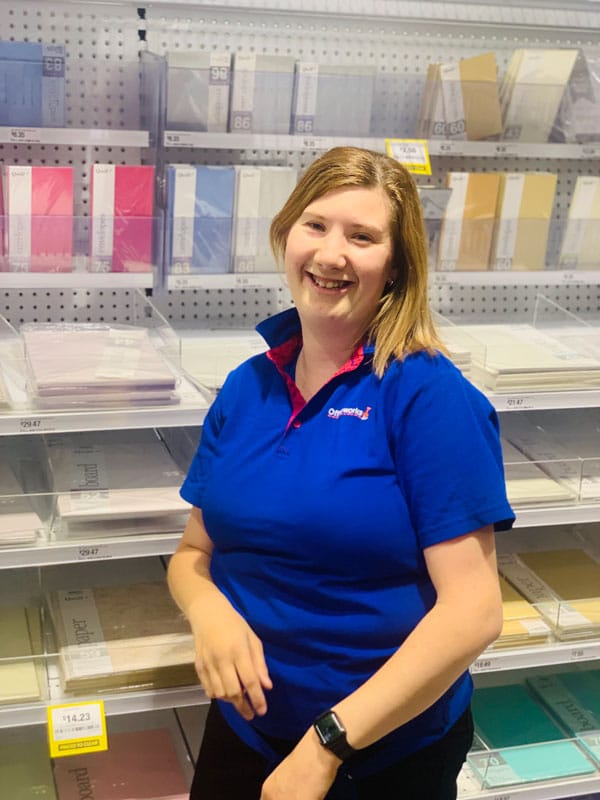
April is limb loss and limb difference awareness month. The goal is to increase awareness and education. The statistics around people born with limb differences and those whom undergo limb reduction surgery shortly after birth due to congenital defects are not very specific, those available indicate the numbers to be close to 1 in 2000. In addition, more than 10,000 Australian’s lose a limb each year due to injury, trauma, diabetes, cancer or infection.
The unavailability of specific statistics shows the need for more education and awareness around this topic. People with limb loss and limb differences are at higher risk of mental health and social isolation and have lower employment levels. The Covid 19 pandemic has therefore impacted this significantly with all people experiencing increased levels of all the above issues.
What is limb loss (amputation)?
An amputation is the removal of the whole or part of an arm, hand, leg or foot. Amputation is always a last resort and it will not be done unless it is absolutely necessary for a person’s health. Most amputations in Australia are done because the arteries in the legs have become blocked and there is not enough blood getting to the limb.
The type of amputation a person might need usually depends on how well the wound is likely to heal. If the blood supply is very limited, it may not be possible for the tissues to heal even after a minor amputation, so a major amputation may be the best option.

How can we support someone with a limb difference in the workplace?
It is important first of all to recognise that all people’s experiences are different, you can’t expect them to have the same limitations, experiences or points of views. Understanding this is the first step, while it is necessary to have a clear and open conversation with the employee about what supports they may need and any workplace adjustments that could be required.
It is also important to remember to be tactful allow them to feel comfortable in the conversation.
Many employees may have an NDIS funding allocation to help pay for reasonable adjustments but do not make this assumption. In saying this many employees may be able to function fully in their role without adjustments.
Some tips to help support people with limb disabilities:
- Ask the person what they need to be successful.
- Provide a desk that is accessible and has an ergonomic chair with armrests.
- Offer tasks that are within their abilities.
- Make sure there is space for them to work in close proximity with others.
- Consider how they may want to dress, including footwear and accessories.
- Be flexible about how they do their job, including allowing them to use voice recognition software instead of typing.
Additional Resources:






























